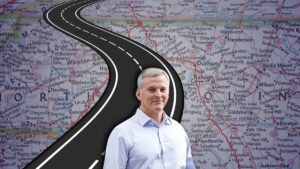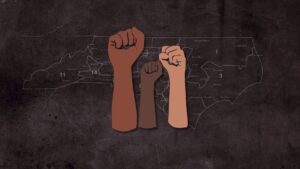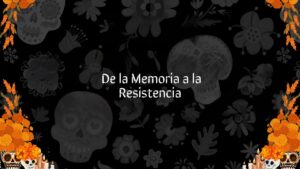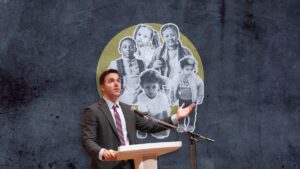Source: News & Observer
Hate groups and North Carolina have a long, intertwined history but it’s likely a bigger, more prevalent issue here in the past few years than it was 70 or 80 years ago.
Extremist groups are growing rapidly in North Carolina and throughout the country. According to The News & Observer, a federal report released earlier in March showed that hate crimes hit a record high in 2021, increasing more than 33% over 2020 – all while still remaining largely under-reported.
You don’t have to look too hard to find examples of right-wing extremists and racists making political moves in the Tar Heel state. For example, North Carolina Republicans (including some politicians) participated in the attempted overthrow of the government on Jan. 6, 2021, a racist and anti-government Proud Boy ran for a school board seat in Johnston County, we have a hate-filled MAGA extremist in Lt. Gov. Mark Robinson, and right-wing extremist “concerned parents” groups tried to overtake school boards across the state in last year’s election.
Ideas that were once considered fringe or extremist are now becoming more welcomed by politicians and TV personalities, and thus more amplified. Extremists are coming out of the shadows and making themselves known.
Some of these people are what those who monitor extremists call “accelerationists,” according to The N&O. These are the people who are using the unrest felt across the country – exacerbated by COVID-19 and its fallout, financial issues, the belief that the 2020 election was stolen, etc. – to bring about social collapse and potentially use that to gain influence among the public. The ultimate goal among supremacists, according to researchers, is to use that unrest to “take control and rebuild the nation as a white ‘ethnostate.'”
The N&O reported that “The question, experts say, is whether a relatively small number of extremists, some of whom are active in North Carolina, will continue to push their views into the mainstream until words and actions once regarded as radical, anti-democratic and anti-American start to seem normal.”
Jon Lewis, an investigator with the National Counterterrorism Innovation, Technology, and Education Center at the University of Nebraska-Omaha and a specialist in white supremacist and anti-government groups, told The N&O that normalization is “the crux of the problem.”
Lewis said the Jan. 6 insurrection at the U.S. Capitol shows the reach and risk posed by today’s extremist groups.
“Organized groups such as the Proud Boys and the Oath Keepers played a central role that day,” he said. “But without the mob, the 30,000-odd people who were there with them, who were brought there by those conspiracies, who believed the election had been stolen, the day is quite different. There is no breach of the Capitol without those thousands of people.”
According to Lewis, “Hate groups are symptoms of the broader disease” and the real threat isn’t so much a necessarily huge membership in these groups, but instead how far their reach goes and if they’re persuading people with influence and power.
“It’s Congresspeople, elected officials and individuals who are part of the societal group in New York or D.C. or North Carolina,” Lewis said. “The most succinct way to put it is, the call is coming from inside the house.”




